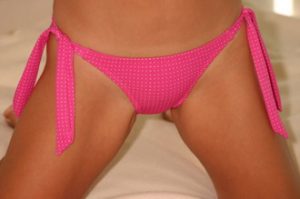
Spring is here and summer is right around the corner! The summer is one of the most coveted seasons, however there are some downsides. If razor burn comes to mind when you think of summertime nuisances, then you should keep read on for some helpful tips and permanent solutions. After shaving, it’s common to develop irritation of the skin and bumps over the skin. How can you prevent razor burn? Here are some common and uncommon tricks to prevent razor burn.
Make sure your razor is clean. Overuse of the razor can make it more likely to nick your skin and introduce bacteria.
Shave in the direction of the grain of the hairs. This means that shave in the direction that your hairs are growing out. Shaving against the grain causes more irritation. Use a shaving cream or shaving gel. If you are going to reuse the razor, remember to rinse it well before and after each use, dip it in some rubbing alcohol to decrease the amount of bacteria on it, and also make sure to store it in a clean place with the blade facing up. Always be careful to have a guard on the razor blade so that you don’t cut yourself. After shaving, use a benzoyl peroxide wash (e.g. Clean & Clear acne wash, Pan-Oxyl wash or bar). This can decrease the likelihood of the bumps (folliculitis) after shaving. If you have clindamycin gel (a prescription medication which is used for acne), you could rub it onto the skin if little bumps do develop.
When razor bumps and shaving become a tiring and repetitive process, there are other more permanent hair removal approaches. An effective and reliable way to remove hair is via laser or pulsed light – energy that goes through the hair shaft down to the follicle, where it destroys the hair’s root. Laser hair removal can be done anywhere on the body. The best candidates are women with dark hair and light skin. Lasers won’t work on white hair, and they are much less effective on blond hair, which usually responds best to electrolysis.
While most lasers work on the skin of Hispanics, only one, called the Nd:YAG, is safe for virtually all skin types, including African-American skin. All other hair removal lasers increase the risk of hyperpigmentation (dark spots), as well as burning and scarring, which can lead to the creation of keloids (purple and often painful scar tissue). The ND: YAG laser requires 3 to 5 sessions, depending on the coarseness of the hair and the individual’s skin type. Patients can expect a significant hair reduction of about 85% to 90% after treatment series is completed.

 Dr. Rokhsar was chosen by
Dr. Rokhsar was chosen by 







